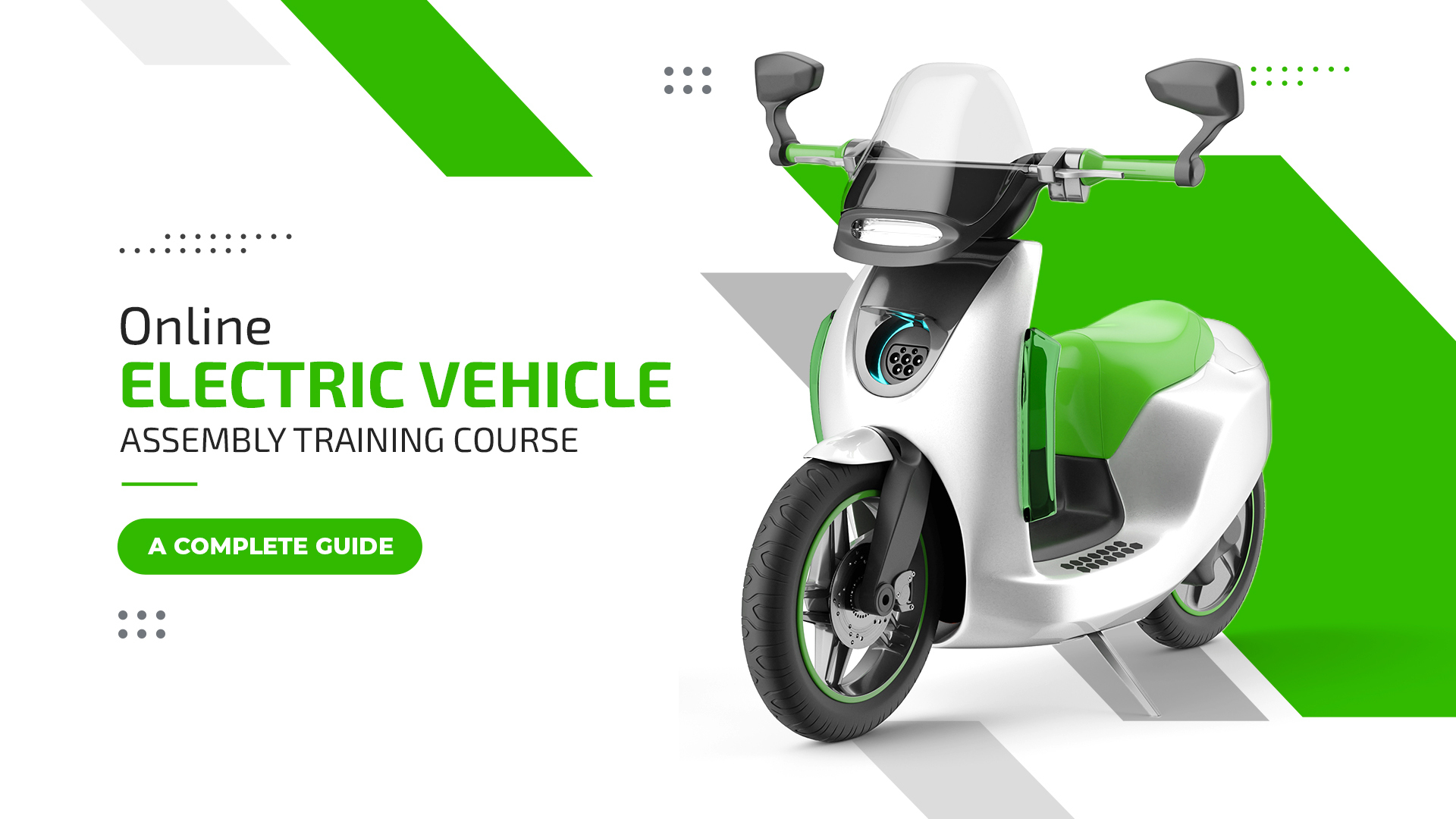E-Vehicle Assembly Training Course
A Complete Guide for Beginners and Advanced
The future is electric – are you ready to power it?
The electric and automated vehicle market is evolving faster than ever before. Don’t miss out on the opportunity to be a part of this exciting and dynamic industry. Leverage the fast-evolving electric and automated vehicle market and invest in cutting-edge technology that will shape the future of transportation.
Join the movement towards sustainable and efficient transportation and be a leader in the electric vehicle revolution.
Here is the demo!
INTRODUCTION TO ELECTRICAL VEHICLES
An Electric Vehicle (EV) is a vehicle that runs on an electric motor, powered by a rechargeable battery pack instead of a traditional internal combustion engine (ICE) that relies on fossil fuels such as gasoline or diesel. EVs use electricity stored in a battery to power the motor and move the vehicle, resulting in zero tailpipe emissions, making them an environmentally-friendly alternative to ICE vehicles.
History of Transport Systems
Transportation has come a long way since the invention of the wheel. Humans have utilized various modes of transport to cover long distances, from walking and animal-drawn carts to steam engines and automobiles. In the 21st century, the transportation sector has undergone a major shift towards sustainable and eco-friendly alternatives, one of which is the EV.
Current Need for EVs in the Indian Transport Market
India has the third-largest market for automobiles in the world, and with the increasing population, urbanization, and pollution, there is a dire need for sustainable and eco-friendly modes of transportation. EVs have the potential to address the country’s air pollution and oil dependency issues while promoting renewable energy sources.
Comparison between ICE and Power Drain
ICE vehicles rely on burning fossil fuels to generate energy, whereas EVs use electricity stored in batteries. The power consumption of an EV depends on the battery size, driving style, and terrain, among other factors. However, studies have shown that EVs are more energy-efficient than ICE vehicles, resulting in lower power consumption and lower emissions. Additionally, the cost of electricity is generally lower than gasoline or diesel, making EVs a more cost-effective option in the long run.
The rise of EVs is an important step towards sustainable and eco-friendly transportation. With the increasing demand for EVs in India and worldwide, it is likely that the future of transportation will be electric.
ELECTRIC VEHICLE TYPES
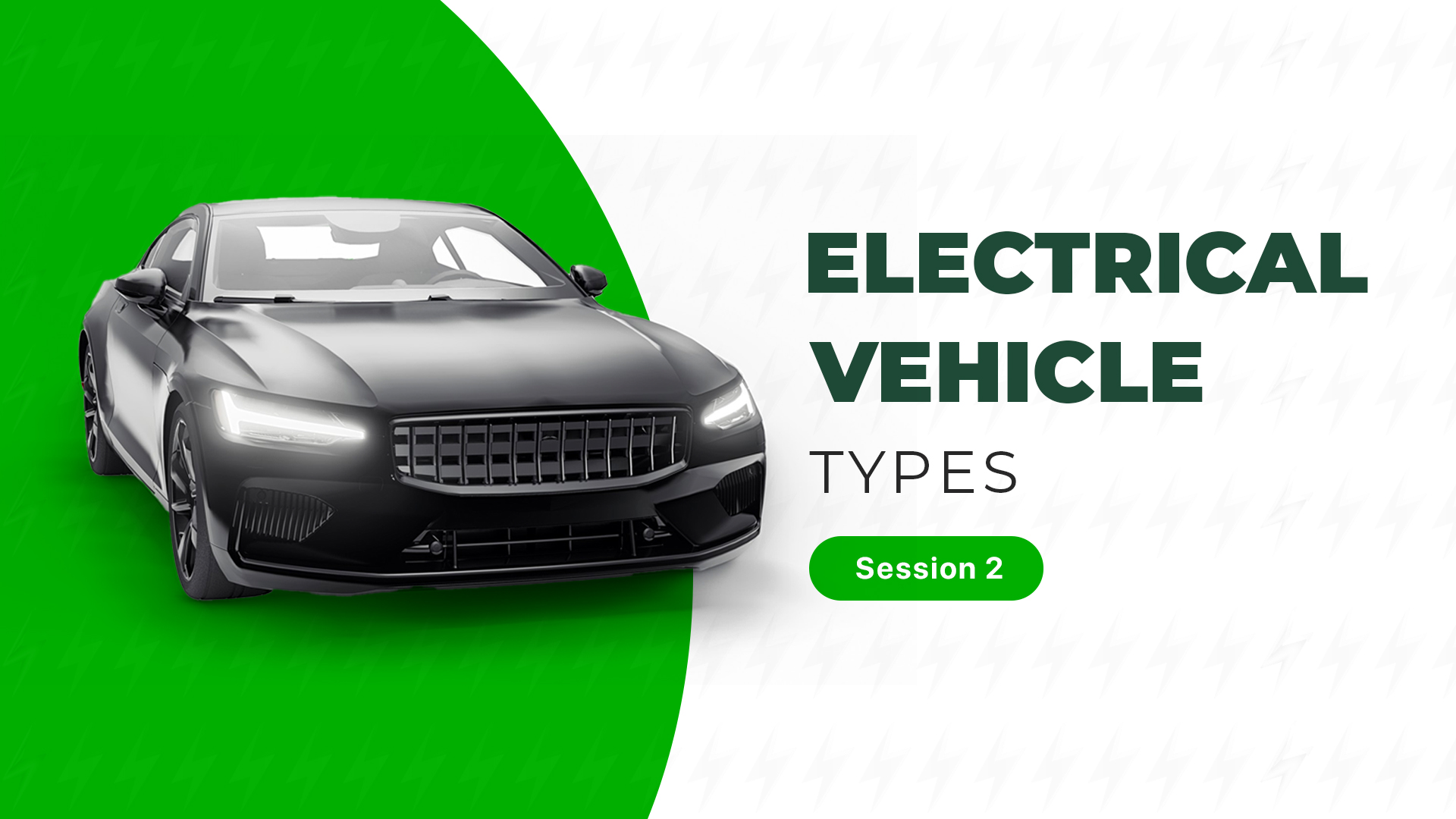

There are three main types of electric vehicles (EVs) available in the market today. These include:
1. Battery-Operated Vehicle
BEVs are also known as pure electric vehicles. These vehicles are powered solely by an electric motor and are powered by a rechargeable battery pack. Examples of BEVs include the Tesla Model S and the Nissan Leaf.
2. Hybrid Electrical Vehicle
HEVs use both an electric motor and an internal combustion engine to power the vehicle. Examples of HEVs include the Toyota Prius and the Honda Insight.
3. Fuel Cell Operated Vehicle
FCVs use hydrogen to power an electric motor. Examples of FCVs include the Toyota Mirai and the Honda Clarity.
Fundamentals components of Electrical 2 & 3 wheeler
1. Motors
The motor is the heart of an electric vehicle. It converts electrical energy into mechanical energy to drive the vehicle. In an electric 2 or 3-wheeler, the motor is usually mounted on the rear wheel hub.
2. Controller
The controller is responsible for controlling the speed and torque of the motor. It receives signals from the throttle and battery and adjusts the motor’s output accordingly.
3. Throttle
The throttle is used to control the speed of the vehicle. It is similar to the gas pedal in a conventional vehicle.
4. Battery
The battery is the power source of an electric vehicle. It stores the electrical energy required to power the motor. In an electric 2 or 3-wheeler, the battery is usually mounted under the seat.
5. DC to DC Convertor
The DC-to-DC converter converts the high-voltage DC power from the battery to the lower-voltage DC power required to power the lights, horn, and other electrical components of the vehicle.
6. Meters
The meters on an electric 2 or 3-wheeler provide information about the vehicle’s speed, battery level, and other critical information.
BASIC ELECTRICALS
Electrical Supply
An electrical supply is a source of energy that is used to power electrical devices. There are two types of electrical supply – AC (alternating current) and DC (direct current).
1. Fundamentals of AC Supply
AC supply is the most commonly used electrical supply. It consists of a waveform that alternates between positive and negative values. The frequency of the waveform is measured in Hertz (Hz). In most countries, the standard frequency of the AC supply is 50 Hz or 60 Hz.
2. Fundamentals of DC Supply
DC supply is a unidirectional current flow, where the flow of current is in a single direction. DC supply is often used in electronic devices, such as batteries and power supplies.
3. Difference between AC & DC
The main difference between AC and DC is the direction of current flow. In AC, the current changes direction periodically, whereas in DC, the current flows in only one direction. AC supply is commonly used for power transmission, while DC supply is used in electronic devices.
What are Voltage, Current, Power, and Energy?
Voltage is the potential difference between two points in an electrical circuit. It is measured in volts (V).
Current is the flow of electric charge in a circuit and is measured in amperes (A).
Power is the rate at which work is done and is measured in watts (W).
Energy is the ability to do work and is measured in joules (J).
What is Resistance?
Resistance is the property of a material that resists the flow of electric current. It is measured in ohms (Ω). The resistance of a material is dependent on its physical properties, such as the length and cross-sectional area of the material.
1. Series Connections
In a series connection, components are connected one after the other. The current in a series circuit is the same through all components, and the voltage is divided between the components based on their resistance.
2. Parallel Connections
In a parallel connection, components are connected in parallel with each other. The voltage in a parallel circuit is the same across all components, and the current is divided between the components based on their resistance.
3. Combination of Series & Parallel Connections
In some circuits, components are connected in both series and parallel. This is known as a combination circuit.
What are Transformers?
Transformers are electrical devices that are used to transfer electrical energy from one circuit to another through electromagnetic induction. Transformers work on the principle of mutual induction, where the change in the magnetic field induces an electromotive force (EMF) in a nearby conductor. Transformers are used for power transmission and distribution, and also for voltage regulation in electronic devices.
BASIC ELECTRICALS – PRACTICAL
Basic electrical connections are an essential aspect of electrical engineering. In this context, we can distinguish three main types of connections: series, parallel, and a combination of both. Understanding these connections is essential for designing and building circuits in practice.
1. Series Connections
In series connections, the components are connected end-to-end such that the current flows through each component in sequence. A series connection creates a single path for the current to flow through, which means that the same current flows through each component in the circuit.
The voltage in a series circuit is divided among the components based on their resistance. Therefore, the total resistance of the circuit is equal to the sum of the resistance of each component. In other words, if we connect a 10-ohm resistor and a 20-ohm resistor in series, the total resistance of the circuit would be 30 ohms.
2. Parallel Connections
In a parallel connection, the components are connected side by side such that the current can flow through each component independently. The voltage across each component in a parallel connection is the same.
In a parallel connection, the total current is divided among the components based on their resistance. Therefore, the total resistance of the circuit is calculated differently compared to a series circuit. In a parallel circuit, the total resistance is the reciprocal of the sum of the reciprocals of each component’s resistance. For instance, if we connect a 10-ohm resistor and a 20-ohm resistor in parallel, the total resistance of the circuit would be 1/((1/10)+(1/20))=6.67 ohms.
3. Combination of Series & Parallel Connections
In practice, circuits are often a combination of both series and parallel connections. In such circuits, the individual components are connected in both series and parallel to achieve the desired circuit properties.
For example, if we connect three resistors, one in series and the other two in parallel with the first resistor, we would create a combination circuit. The total resistance of this circuit is the sum of the resistance of the resistor in series and the resistance of the parallel combination of the other two resistors. Thus, the total resistance of the circuit can be calculated as follows:
Total resistance = 10 + 1/((1/20)+(1/30)) = 16.67 ohms.
Understanding the basics of electrical connections is essential for designing and building circuits in practice. Series and parallel connections are two fundamental types of circuits that are used alone or in combination to achieve the desired circuit properties.
BASIC ELECTRONICS – Part 1
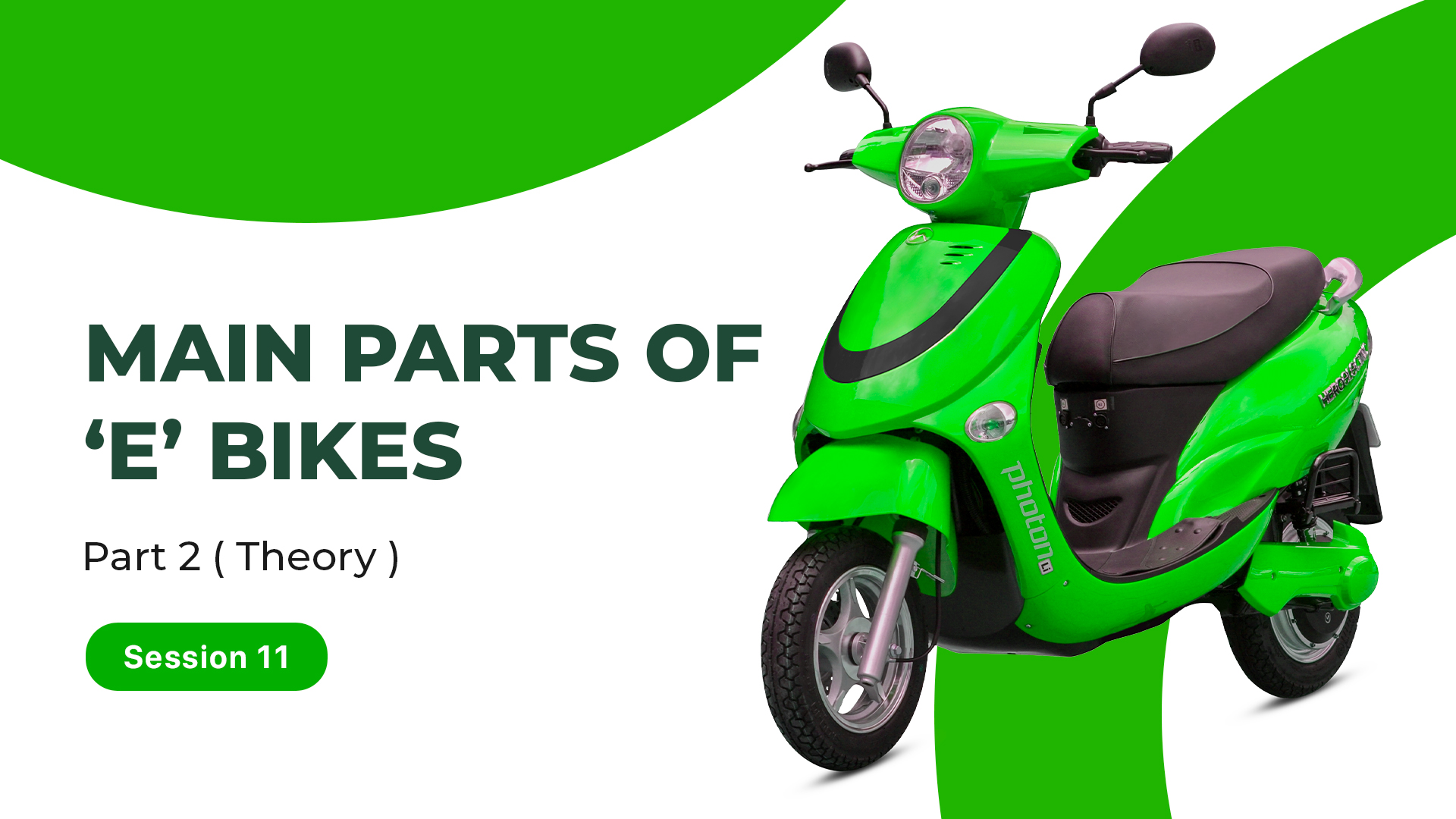

What is Electronics?
Electronics is a branch of physics that deals with the study of electrons and their behaviour in electronic devices. It involves the manipulation of electrons to create, control, and transmit information, as well as to provide power to electronic devices. Electronics have revolutionized the modern world, providing us with computers, smartphones, televisions, and many other devices that we rely on daily.
Basic Electronics Components
There are many components used in electronics, but some of the most basic and important ones include diodes, transistors, and MOSFETs.
Diode:
A diode is a two-terminal electronic component that allows current to flow in one direction while blocking it in the opposite direction. It is made up of semiconductor materials, such as silicon or germanium, with a p-type (positive) and an n-type (negative) region. When a voltage is applied across the diode, it allows current to flow from the p-type region to the n-type region, but not the other way around. Diodes are used in rectifiers, voltage regulators, and signal demodulators, among other applications.
Transistor:
A transistor is a three-terminal electronic component that can amplify or switch electronic signals. It is made up of a semiconductor material with a p-type and an n-type region, and a third terminal called the base. The flow of current between the other two terminals (the collector and the emitter) is controlled by the voltage applied to the base terminal. Transistors are used in amplifiers, oscillators, and switching circuits.
MOSFET:
A MOSFET (Metal-Oxide-Semiconductor Field-Effect Transistor) is a type of transistor that is used for switching and amplification of electronic signals. It is made up of a metal gate, an oxide insulating layer, and a semiconductor channel. The flow of current between the source and the drain terminals is controlled by the voltage applied to the gate terminal. MOSFETs are used in power amplifiers, voltage regulators, and switching circuits.
Diodes, transistors, and MOSFETs are essential components in basic electronics. They are used in a wide range of applications and are critical to the functioning of electronic devices. Understanding their behaviour and properties is essential for anyone interested in electronics or pursuing a career in the field.
BASIC ELECTRONICS – Part 2
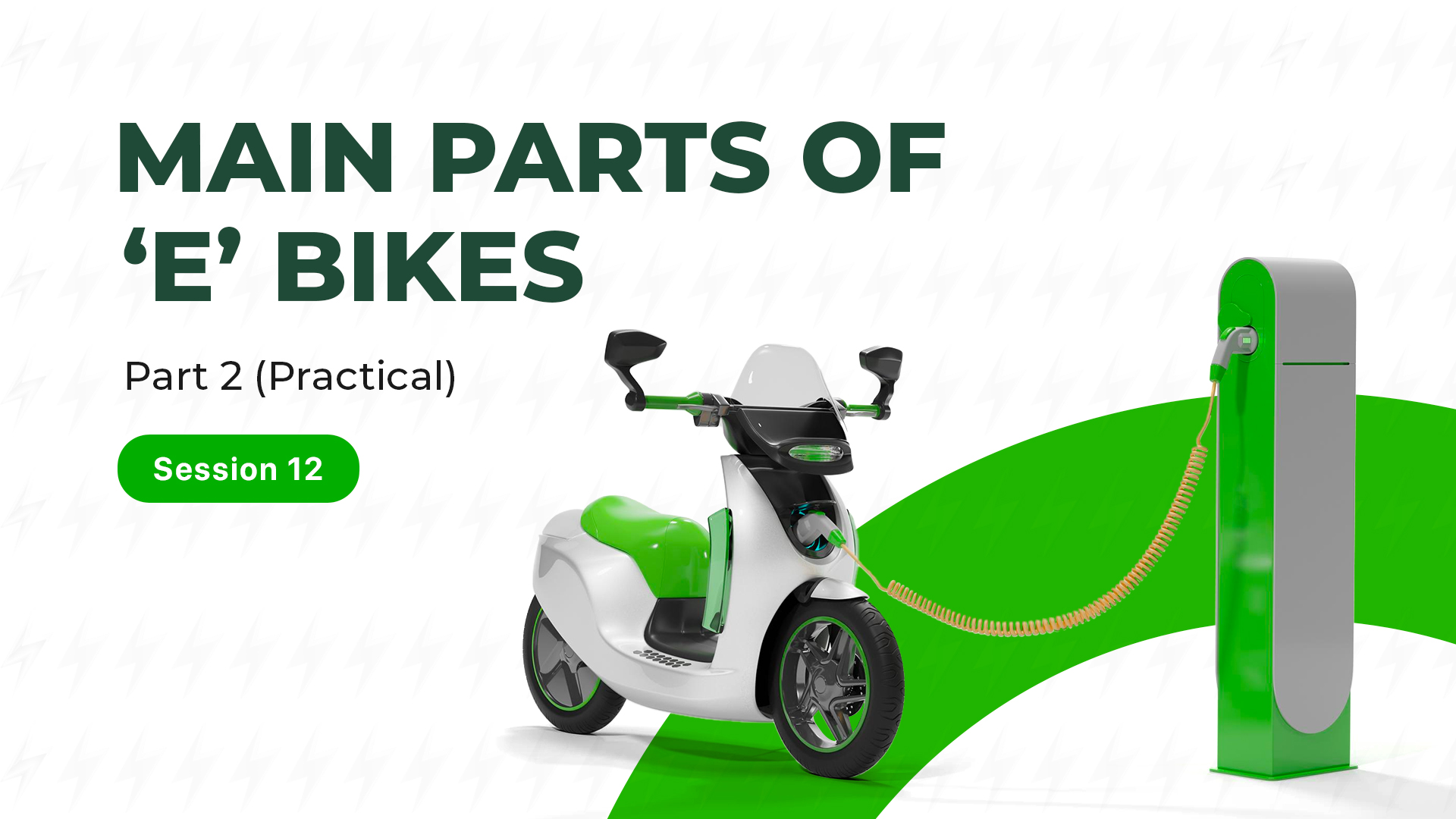

There are various components that are essential for designing and building electronic circuits. In this article, we will discuss three important components – IGBT, Relays, and Integrated Circuits (IC).
IGBT:
IGBT (Insulated Gate Bipolar Transistor) is a three-terminal power semiconductor device that combines the advantages of MOSFET (Metal-Oxide-Semiconductor Field-Effect Transistor) and bipolar junction transistor (BJT). It is commonly used in high-power applications such as power supplies, motor control, and renewable energy systems.
IGBTs are designed to handle high voltage and current levels, and they have low on-state resistance and switching losses. They also have a low gate drive current, which means that they can be easily driven by microcontrollers or other low-power devices.
Relays:
A relay is an electromagnetic switch that is used to control the flow of current in a circuit. It consists of a coil of wire that produces a magnetic field when current flows through it. This magnetic field attracts a movable armature, which is connected to a set of contacts. When the armature is attracted, the contacts close, allowing current to flow through the circuit.
Relays are used in a wide range of applications, including automation, control systems, and power electronics. They can be used to switch high voltages and currents, and they are particularly useful in situations where a low-power control signal is used to switch a high-power load.
Integrated Circuit (IC):
An Integrated Circuit (IC) is a miniaturized electronic circuit that is fabricated on a small piece of semiconductor material, typically silicon. It consists of various electronic components such as resistors, capacitors, transistors, and diodes, which are interconnected to perform a specific function.
ICs come in various forms, including analogue, digital, and mixed-signal circuits. They are used in a wide range of applications, including communication, computing, control systems, and consumer electronics.
One of the key advantages of ICs is their miniaturization, which allows for the development of compact and portable electronic devices. They also have high reliability, low power consumption, and are easily mass-produced.
IGBTs, relays, and ICs are essential components in the world of electronics. They each have their unique advantages and are used in a wide range of applications. By understanding these components, engineers and hobbyists can design and build more complex and sophisticated electronic circuits.
MAIN PARTS OF E-BIKES – PART 1
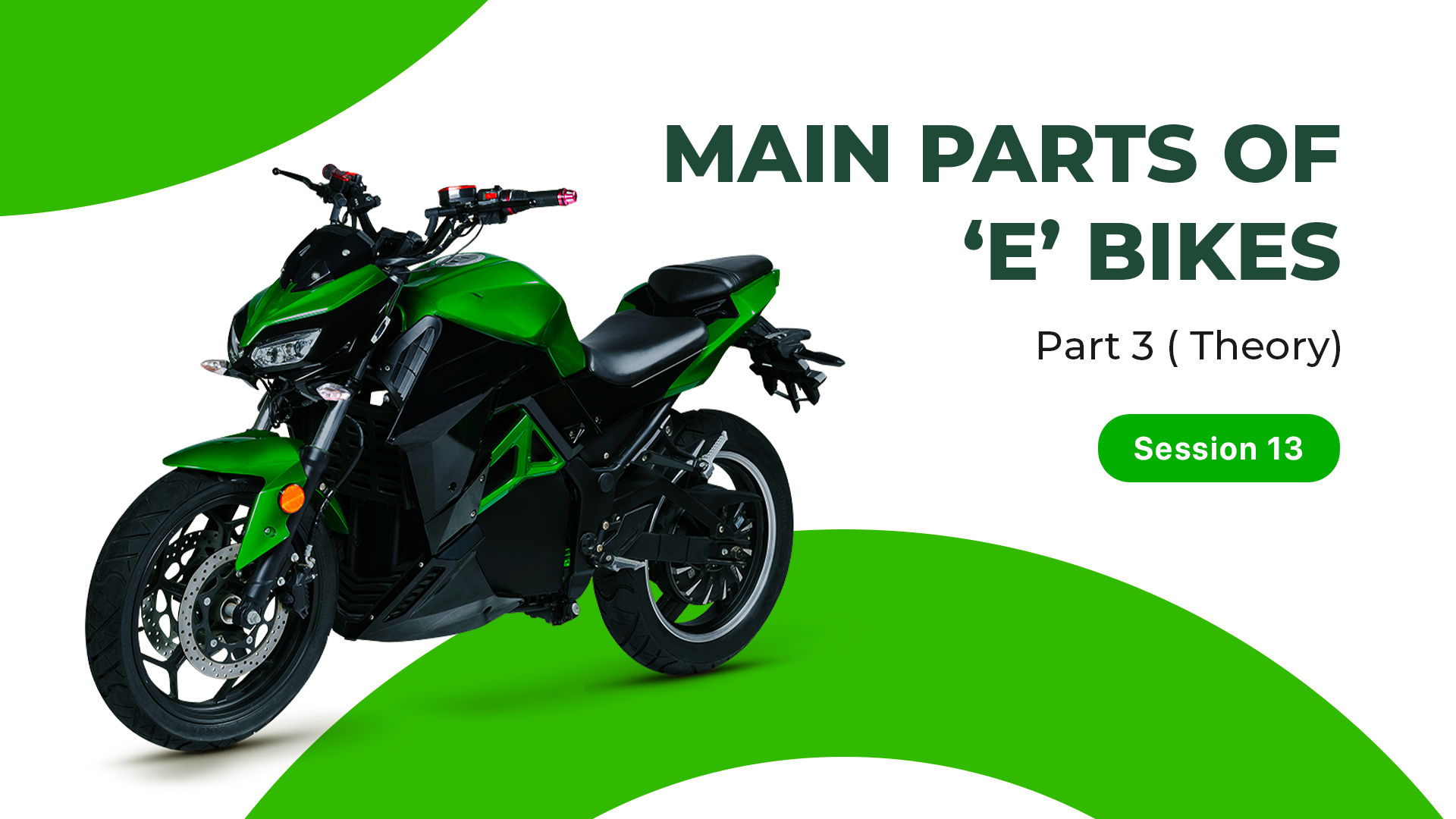

Motors (Drives)
What are Electric Drives?
Electric drives are the motors and controllers that power an electric bike. They convert electrical energy stored in the battery into mechanical energy that moves the bike.
Types of Motors used in Electrical Vehicles:
PMDC Motors: PMDC stands for Permanent Magnet Direct Current. PMDC motors are simple and inexpensive, but they have limited efficiency and torque.
BLDC Motors: BLDC stands for Brushless Direct Current. BLDC motors are more efficient and powerful than PMDC motors, but they are more expensive.
There are 2 types of BLDC Motors:
– Mid Drive motors
– Hub motors
PMSM Motors: PMSM stands for Permanent Magnet Synchronous Motor. PMSM motors are highly efficient and powerful, and they can be used in both mid-drive and hub motor configurations.
MAIN PARTS OF E-BIKES – PART 2
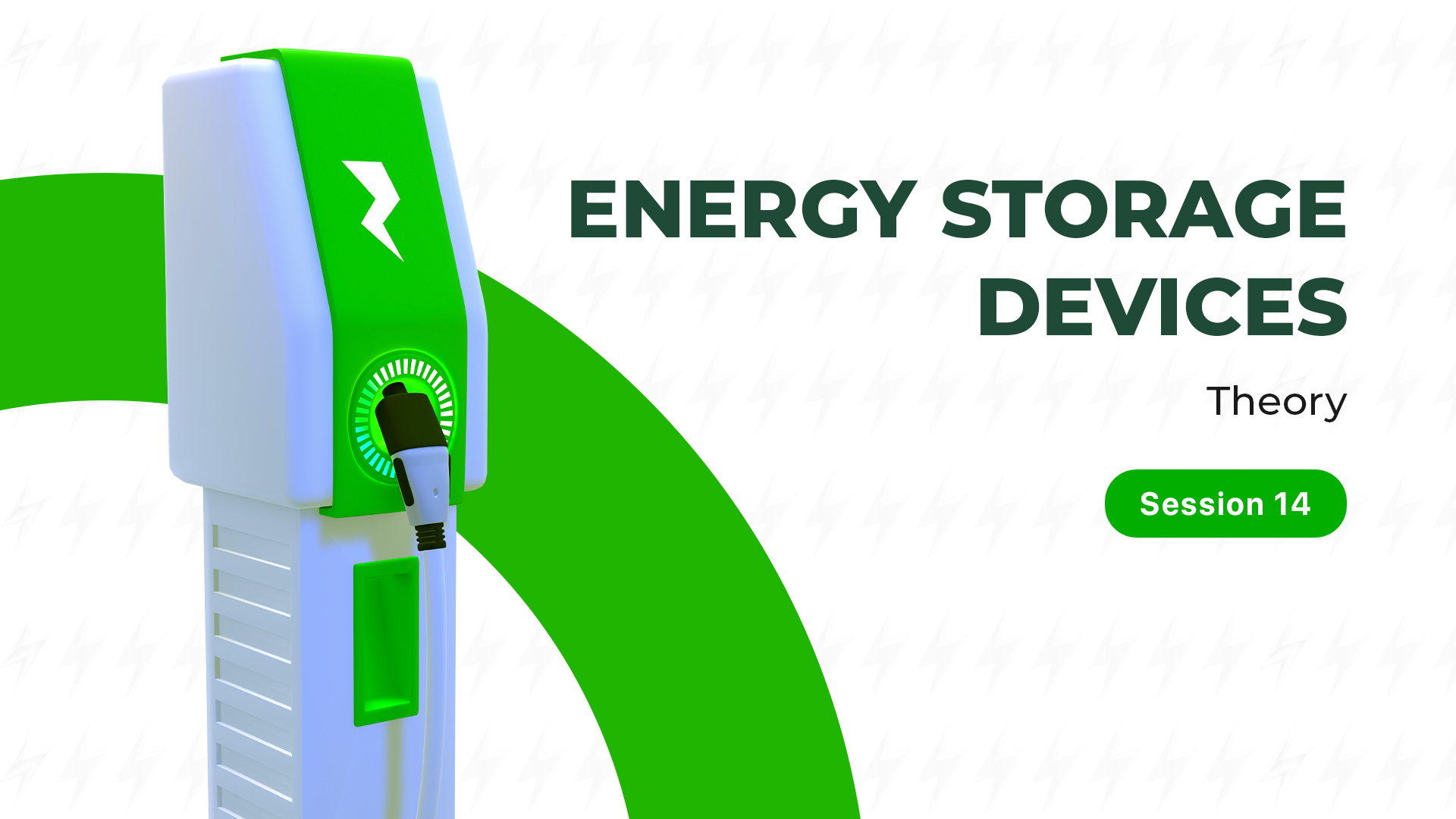

Controller
What are Controllers?
Controllers are devices that enable users to interact with and operate electronic systems, machines, and equipment. They are used to provide inputs to the system, receive outputs, and adjust system parameters. A controller typically consists of a physical interface or input device, such as buttons, joysticks, or touchpads, and a processing unit that interprets the input signals and sends instructions to the system. Controllers are commonly used in video game consoles, industrial machinery, automation systems, and other electronic devices.
Types of Controllers
There are two main types of controllers: wired controllers and wireless controllers.
Wired Controllers:
Wired controllers are connected to the system through a cable or wire. They offer a direct connection to the system, providing reliable and fast communication. Wired controllers are commonly used in gaming consoles, such as the PlayStation and Xbox, and industrial control systems, such as programmable logic controllers (PLCs). They can be designed with various input devices, such as buttons, triggers, directional pads, and joysticks, to accommodate different types of applications.
Wireless Controllers:
Wireless controllers use wireless communication protocols, such as Bluetooth or Wi-Fi, to connect to the system. They offer greater flexibility and convenience, as users can move around freely without being tethered by a cable. Wireless controllers are commonly used in gaming consoles, smartphones, and home automation systems. They can be designed with various input devices, such as touchpads, motion sensors, and voice recognition, to enable different types of interactions.
Overall, controllers play a critical role in enabling users to interact with and control electronic systems. The choice between wired and wireless controllers depends on the specific application requirements, such as the need for mobility, reliability, and cost-effectiveness.
MAIN PARTS OF E-BIKES – PART 3
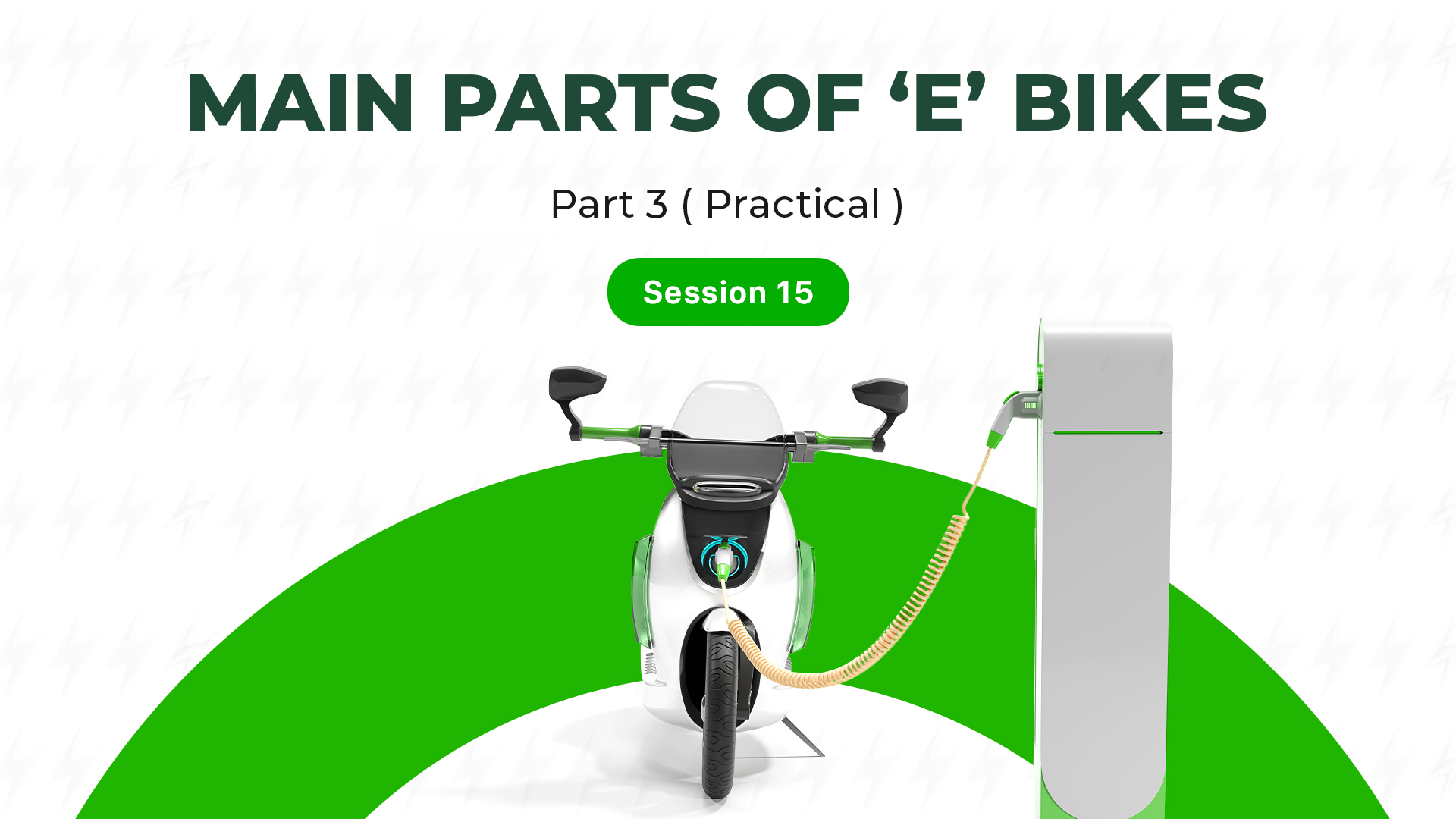

Electric bicycles, also known as e-bikes, have gained significant popularity in recent years as sustainable and efficient modes of transportation. One of the most critical components of an e-bike is its energy storage device, commonly referred to as a battery. There are different types of batteries used in e-bikes.
Lead-acid batteries:
Lead-acid batteries are one of the oldest and most common types of batteries used in e-bikes. They are relatively inexpensive and have a longer life cycle when compared to other batteries. However, they are heavy and bulky, which can affect the performance and agility of the e-bike. Furthermore, lead-acid batteries are not as efficient as other batteries, and they require regular maintenance to ensure their optimal performance.
Lithium-ion batteries:
Lithium-ion batteries are currently the most commonly used batteries in e-bikes. They are lightweight, compact, and provide a high energy density, which means they can store more energy in a smaller space. Lithium-ion batteries also have a longer lifespan and require minimal maintenance. However, they can be expensive to replace, and there are safety concerns related to their use, particularly when it comes to charging and storage.
Fuel cells:
Fuel cells are an alternative to batteries and are becoming increasingly popular in e-bikes. Fuel cells generate electricity by reacting hydrogen with oxygen, producing water vapour as a byproduct. Fuel cells are lightweight and offer a longer range than traditional batteries. However, they can be expensive and are not widely available, which makes them less practical for everyday use.
Super Capacitors
Supercapacitors are relatively new to the e-bike market but have shown great potential. They can store energy like a battery but have a much faster charging time and a longer lifespan. Supercapacitors can also handle more charge and discharge cycles than traditional batteries. However, they are not yet widely available and can be expensive.
MAIN PARTS OF E-BIKES – PART 4
E-bikes, or electric bicycles, have become increasingly popular due to their ease of use and eco-friendliness. In Part 3 of our series on the main parts of e-bikes, we’ll be discussing the battery, BMS, DC to DC converter, meter, and the design of e-cycles.
Selections of Battery
The battery is one of the most crucial parts of an e-bike. It provides power to the motor, which propels the bike forward. The selection of the battery is important, as it determines the range and power of the bike. Lithium-ion batteries are the most common type used in e-bikes due to their high energy density and low weight.
Specification of Battery
The specification of the battery includes the capacity, voltage, and type of battery. Capacity is measured in watt-hours (Wh) and determines how far the bike can travel on a single charge. Voltage is the electrical potential difference between the positive and negative terminals of the battery. The type of battery refers to the chemistry used in the battery, such as lithium-ion, nickel-cadmium, or lead-acid.
BMS (Battery Management Systems)
A BMS, or battery management system, is responsible for monitoring and controlling the battery. It prevents overcharging, over-discharging, and overheating, which can cause damage to the battery and the e-bike. The BMS also provides information about the battery, such as its current state of charge and temperature.
DC to DC Converter
The DC-to-DC converter is used to convert the voltage from the battery to the voltage required by the motor controller. This is important because the battery voltage may vary depending on its charge level, while the motor controller requires a stable voltage.
ELECTRIC CYCLE
Meter
The meter displays information about the e-bike, such as the speed, distance travelled, and battery level. It can be either analogue or digital and may be integrated into the handlebars or mounted on the frame.
Design of E-cycle
The design of e-cycles can vary greatly, depending on the intended use and preferences of the rider. Some e-bikes are designed to look like traditional bicycles, while others have a more futuristic or sporty appearance. The frame may be made of aluminium, carbon fibre, or steel, and can be designed for different types of riding, such as commuting, mountain biking, or touring.
Types of E-Cycle
There are two main types of e-cycle motors: hub motors and chain drives.
1. Hub Motors
Hub motors are mounted in the hub of the wheel and provide direct drive to the wheel. They are quiet and require little maintenance, but may not be as efficient as chain drives. Chain drives use a chain to transfer power from the motor to the rear wheel. They are more efficient than hub motors but may require more maintenance.
2. Chain Drives
Overall, the selection of the battery, BMS, DC to DC converter, meter, and design of e-cycles are all important factors to consider when choosing an e-bike. It’s important to choose a bike that suits your needs and preferences, whether you’re commuting to work, exploring the outdoors, or just looking for a fun and eco-friendly way to get around.
EV CHARGER
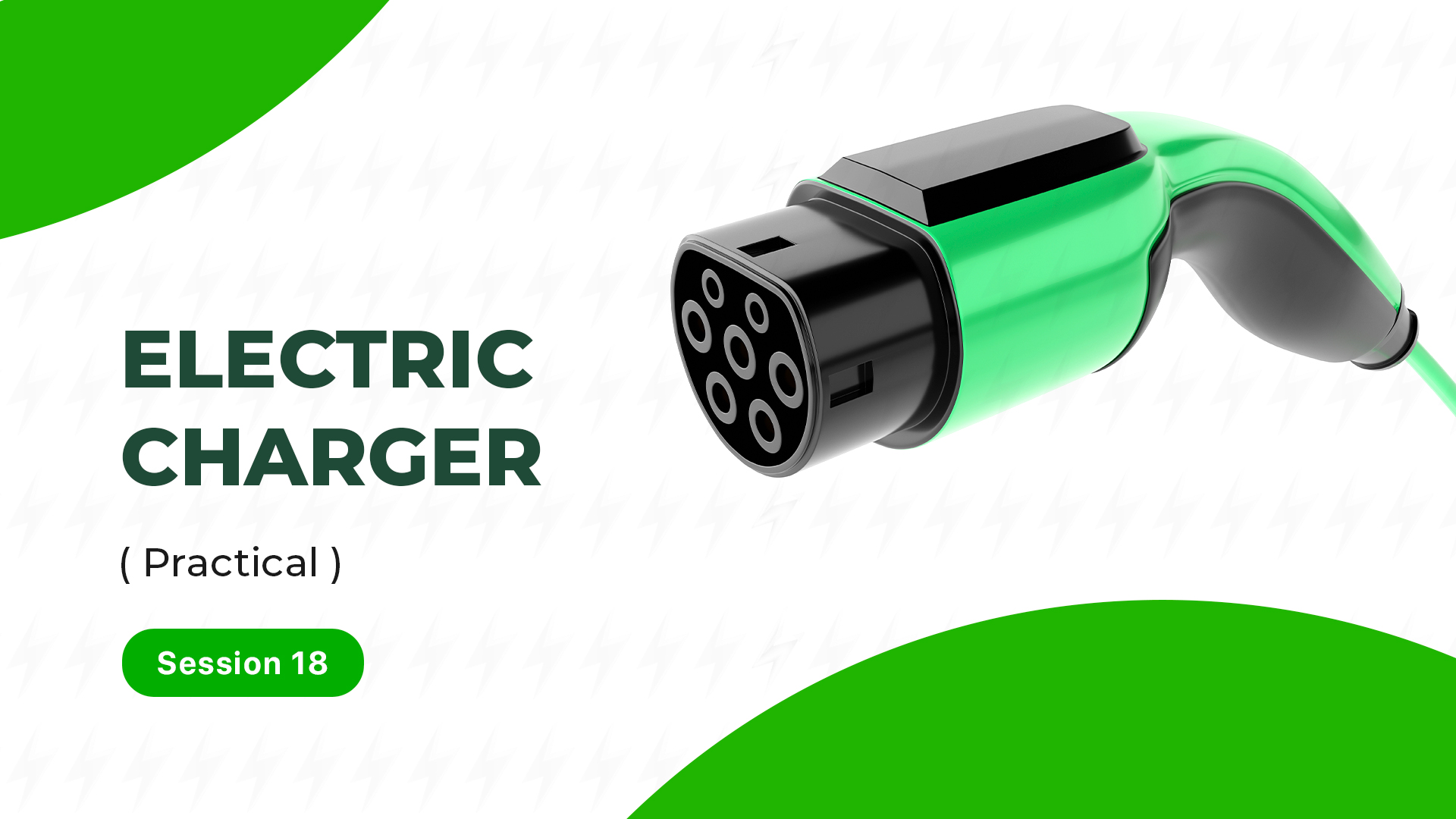

An EV charger is a device used to charge an electric vehicle’s batteries. There are various types of chargers, including Level 1, Level 2, and Level 3 chargers. Level 1 chargers are the most basic and plug into a standard 120-volt household outlet, while Level 2 chargers require a 240-volt outlet and can charge an electric vehicle more quickly. Level 3 chargers, also known as DC fast chargers, can charge an EV even faster, but they require special infrastructure and are usually only found at public charging stations.
Electric Charger & Charging Methods
Electric chargers can use different charging methods to charge an electric vehicle’s batteries. Some common methods include AC charging, DC charging, and wireless charging.
1. AC Charging: AC charging is the most common type of charging and uses the vehicle’s onboard charger to convert AC power from the charger into DC power to charge the battery.
2. DC Charging: DC charging is faster than AC charging and bypasses the onboard charger to directly charge the battery with DC power.
3. Wireless Charging: Wireless charging uses magnetic induction to wirelessly transfer power to the vehicle’s battery, eliminating the need for a physical connection.
ELECTRIC 2 WHEELER – PART 1
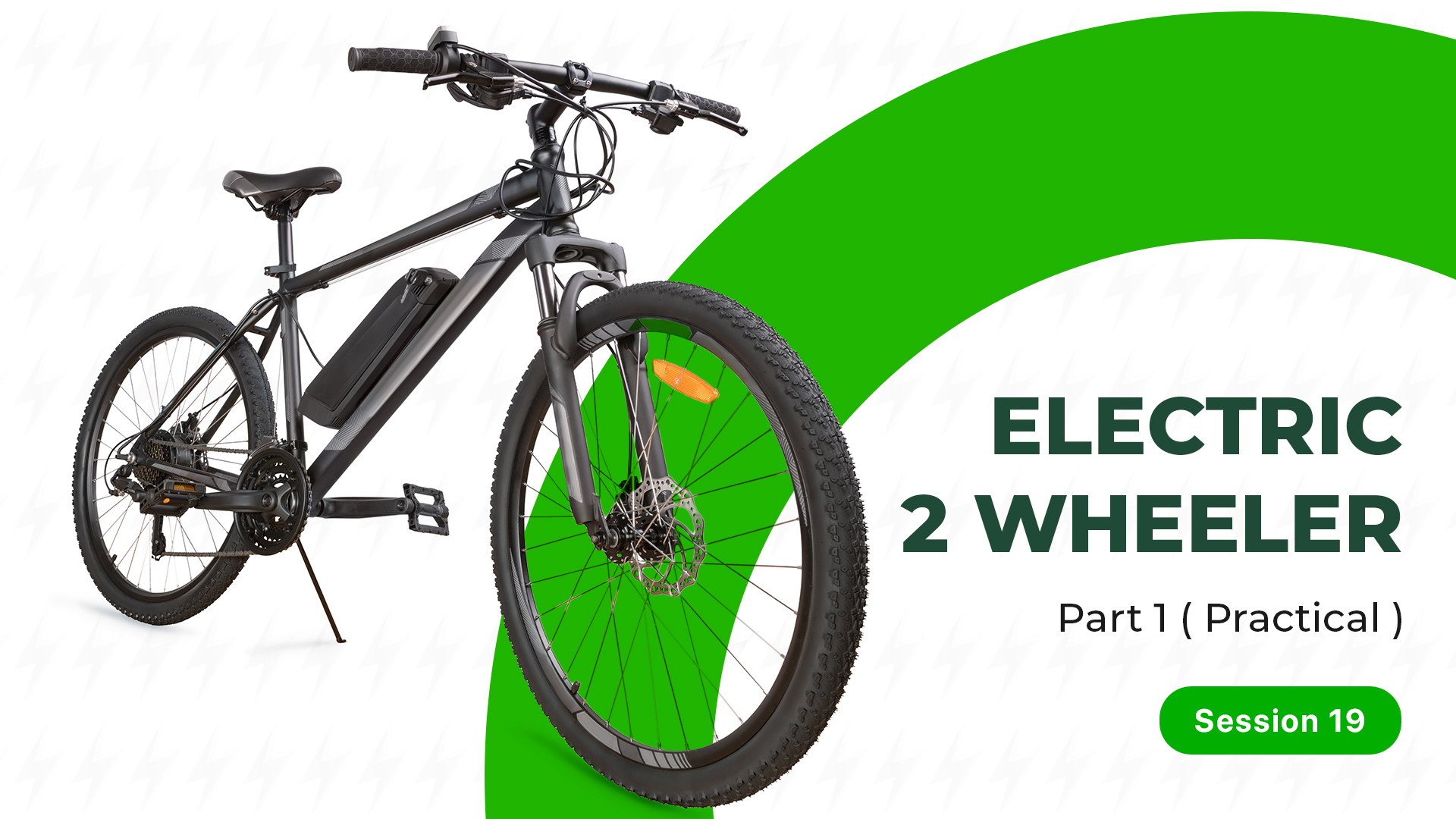

Assemble an E-BIKE
To assemble an e-bike, you will need to first acquire all the necessary parts, including the frame, wheels, motor, battery, controller, and wiring. Once you have all the parts, you can begin by installing the motor and battery onto the frame and connecting the wiring and controller. It’s important to follow the manufacturer’s instructions carefully to ensure proper installation and avoid any safety issues.
Wiring + Connection
Wiring and connection are essential components of any electric vehicle, and it’s important to understand how they work. Wiring connects the various components of the vehicle, such as the battery, motor, and controller, to allow them to communicate and work together. Connections can be made using various types of connectors, such as bullet connectors, ring terminals, and spade connectors. As shown in the course videos, you can see how these components are connected and how they function together.
Bike
As shown in the course video, you can see how an e-bike operates and get a feel for its performance. You can test the bike’s acceleration, speed, and handling, as well as its braking and battery life. It’s a good idea to wear appropriate safety gear, such as a helmet and protective clothing when testing an e-bike.
ELECTRIC 2 WHEELER – PART 2
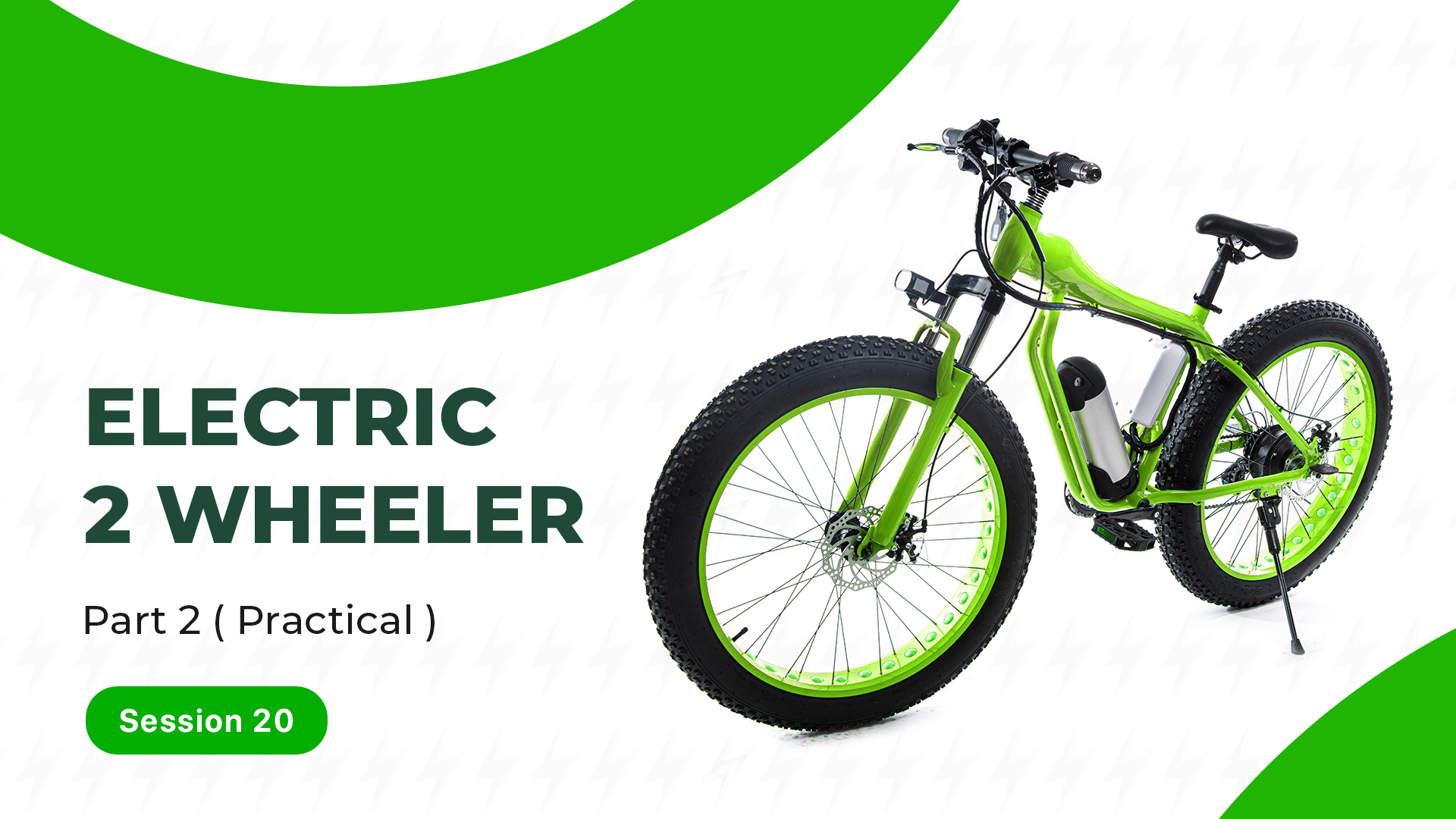

In addition to e-bikes, there are other types of electric 2-wheelers, such as electric scooters and hybrid vehicles. Electric scooters operate similarly to e-bikes, but they have a smaller frame and are usually designed for short-distance commuting. Hybrid vehicles combine both electric and gasoline power to increase fuel efficiency and reduce emissions.
Scooter
Electric scooters are becoming more and more popular due to their convenience and affordability. The battery-powered scooter is silent, easy to handle, and environmentally friendly. When you turn on the electric scooter, you will hear a beep sound, indicating that the scooter is ready to use. The battery of the scooter needs to be charged before use, and it can be charged by connecting it to a power source. Once the battery is fully charged, the scooter can travel a certain distance depending on the battery’s capacity. The scooter can be driven like any other vehicle, and it has brakes and a throttle.
Hybrid vehicle
A hybrid vehicle is a combination of an electric motor and an internal combustion engine. This combination makes the vehicle more fuel-efficient and environmentally friendly. When the vehicle is in motion, the internal combustion engine charges the battery, and the electric motor assists the engine in providing power to the wheels. The battery also provides power to the electric motor when the vehicle is running at low speeds. The hybrid vehicle is also equipped with regenerative braking, which helps in charging the battery when the brakes are applied.
ELECTRIC VEHICLE TROUBLESHOOTING
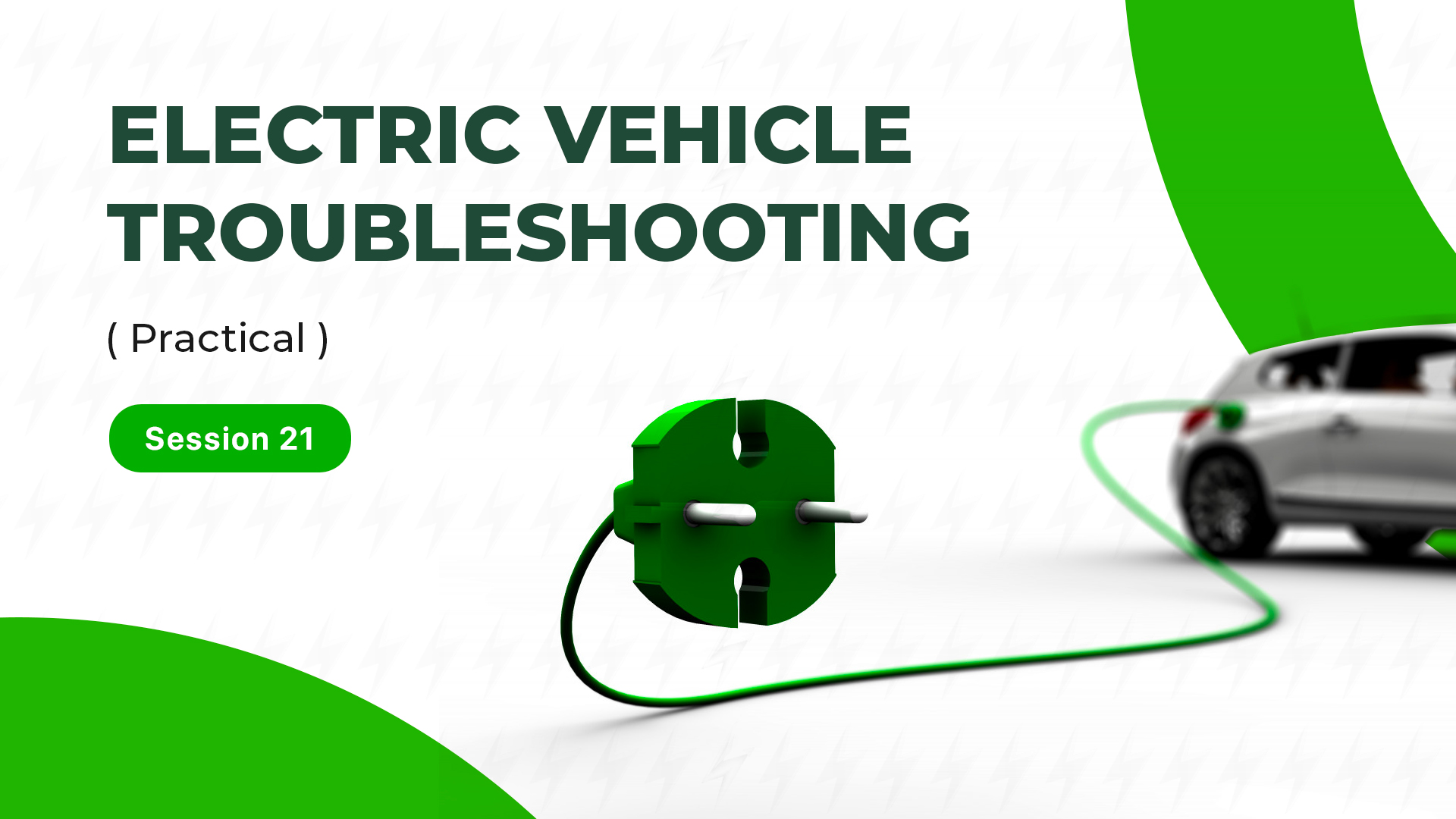

Electric vehicles are complex machines, and sometimes they can develop faults. Here are some common troubleshooting tips for electric vehicles:
Troubleshooting of motor
If the motor of the electric vehicle is not working correctly, check the motor connections and the motor brushes. The brushes may need to be replaced if they are worn out. If the connections are loose, reconnect them properly.
Hall sensor replacement
Hall sensors are used in electric vehicles to detect the position of the rotor. If the sensor is not working correctly, the motor may not work. To replace the Hall sensor, disconnect it from the motor, remove it from the motor, and replace it with a new one. Make sure to connect the new sensor properly.
Controller
The controller is the brain of the electric vehicle, responsible for sending signals to the motor and managing the battery pack. Here are some common issues and troubleshooting steps:
1. No power: If the vehicle doesn’t power on, check the controller for any visible damage or loose connections. If everything appears fine, test the voltage on the battery pack to ensure it is charged.
2. Vehicle not moving: If the vehicle powers on but doesn’t move, check the wiring between the controller and the motor. Also, check the throttle to ensure it is working properly.
3. Overheating: If the controller overheats, it may shut down to prevent damage. Check for any debris blocking the cooling fins or air intake, and ensure the controller is mounted in a well-ventilated location.
4. Error codes: Many controllers have built-in error codes to help diagnose issues. Check the manual or manufacturer’s website for a list of codes and what they mean.
Li-Batteries Basic troubleshooting
Li batteries are a critical component of an electric vehicle, providing power to the motor. Here are some common issues and troubleshooting steps:
1. Low range: If the vehicle isn’t able to travel as far as it used to, check the voltage of each cell in the battery pack. If any cells are significantly lower than the others, they may need to be replaced.
2. Swollen battery: If a battery is swollen, do not attempt to use it. Swelling is a sign of internal damage and could cause a safety hazard.
3. Overheating: Li batteries can overheat if they are charged or discharged too quickly. Allow the batteries to cool down before attempting to use the vehicle again.
4. Error codes: Many Li batteries have built-in error codes to help diagnose issues. Check the manual or manufacturer’s website for a list of codes and what they mean.
Troubleshooting the controller and Li-batteries is important to ensure the proper functioning of an electric vehicle. Be sure to follow the manufacturer’s guidelines and seek professional help if needed.
For more details, watch the videos and demos

